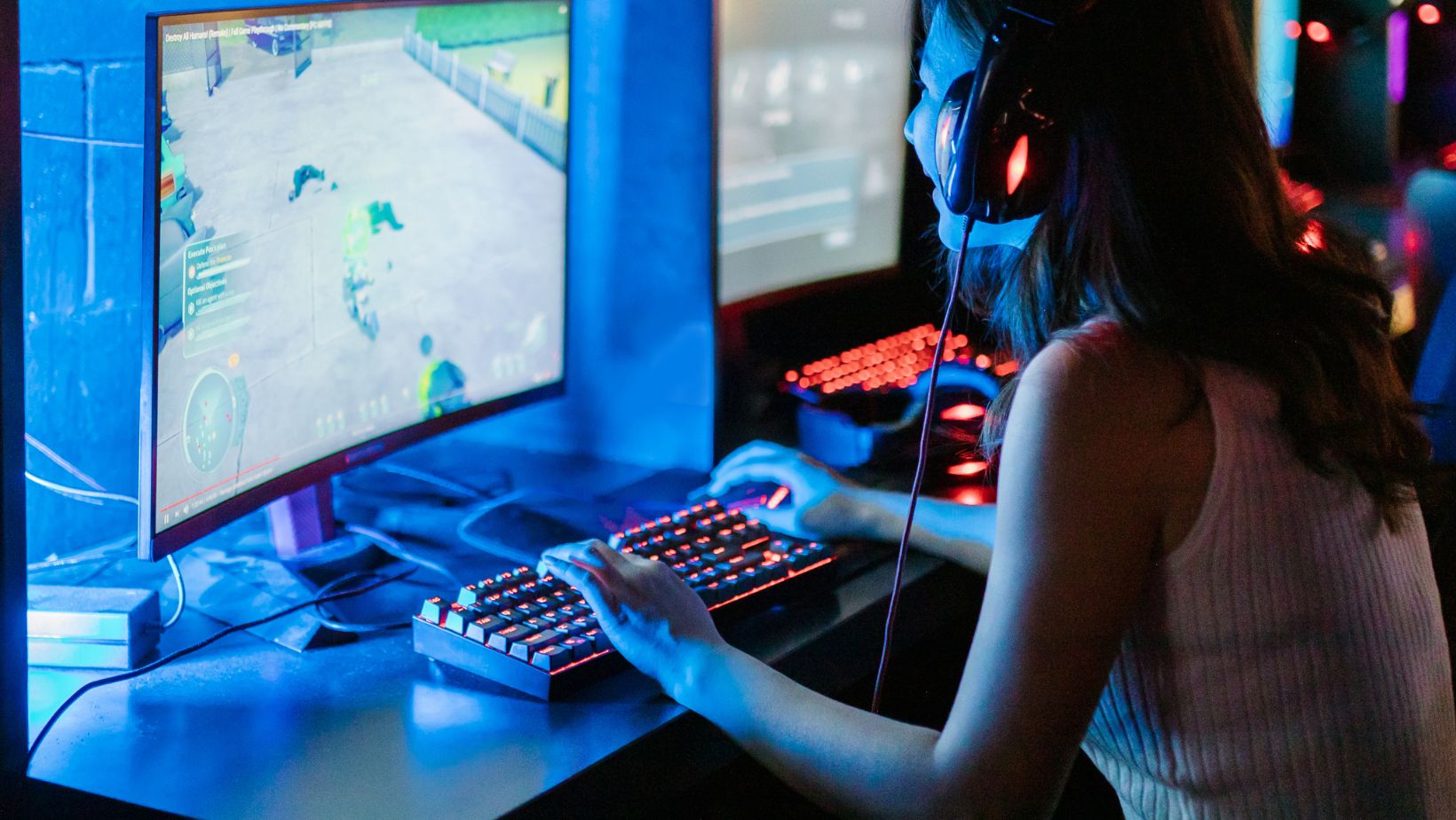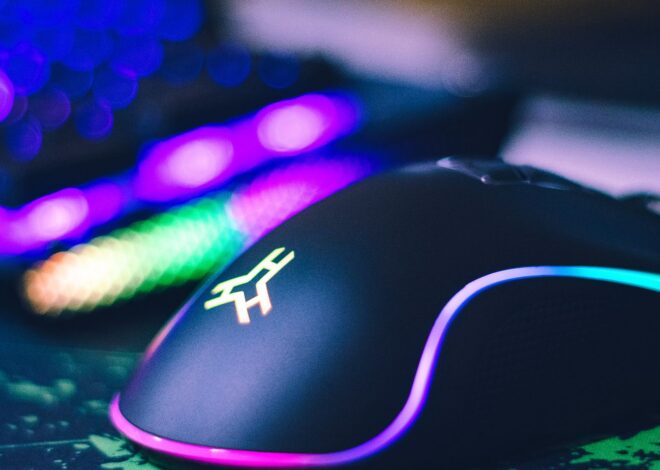
How the Game Engine of PUBG Drives an Immersive Battle Royale Experience
Table of Contents
PUBG Game Engine

 PlayerUnknown’s Battlegrounds (PUBG) has taken the gaming world by storm, captivating millions with its intense, last-player-standing gameplay. But what powers this immersive battle royale experience? At the core of PUBG’s success lies its game engine, a sophisticated piece of software that brings the game’s sprawling maps, realistic physics, and dynamic environments to life.
PlayerUnknown’s Battlegrounds (PUBG) has taken the gaming world by storm, captivating millions with its intense, last-player-standing gameplay. But what powers this immersive battle royale experience? At the core of PUBG’s success lies its game engine, a sophisticated piece of software that brings the game’s sprawling maps, realistic physics, and dynamic environments to life.
Comprehending the PUBG game engine provides insight into the game’s smooth and responsive feel. It flawlessly manages everything from intricate graphics rendering to in-game interactions. This article delves into the technological wonder that is PUBG, examining how its game engine distinguishes it in the fiercely competitive realm of online gaming.
Overview Of PUBG Game Engine
The PUBG game engine, Unreal Engine 4, powers the game’s visual and mechanical foundation. Developed by Epic Games, Unreal Engine 4 provides high-quality graphics, realistic physics, and comprehensive developer tools. This engine excels in rendering detailed environments and lifelike character movements.

The robust architecture of Unreal Engine 4 supports extensive open-world maps. It effectively handles smooth transitions between varied terrains and intricate urban settings. By utilizing advanced lighting methods, it produces dynamic day-night cycles and authentic weather effects.
The physical simulation abilities of the engine improve in-game interactions. Things like vehicles, weapons, and destructible environments act in a manner that imitates real-world physics. NPC behaviors are improved by advanced AI algorithms, offering unpredictable and challenging gameplay.
The cross-platform support provided by Unreal Engine 4 allows PUBG to operate seamlessly across different devices. Consistent performance and visual quality are experienced by players on PC, consoles, and mobile devices. The game engine stays efficient and up-to-date with the newest gaming standards through regular updates and optimizations.
History And Development
The success of PUBG is largely due to the pivotal role played by Unreal Engine 4, which helped create an engaging battle royale experience. To fully understand this, it’s crucial to examine the game’s development history, from its early stages to its subsequent evolution.
Early Development
The South Korean company, Bluehole, started developing PUBG in the early part of 2016. The project was helmed by Brendan Greene, who is better known as PlayerUnknown. His inspiration for the game came from mods he had created for ARMA 2 and H1Z1, leading him to design a brand new standalone game. The team at Bluehole selected Unreal Engine 4 for the development due to its robust capabilities. In less than a year, the team managed to develop a playable alpha version of the game, which included battle royale features such as shrinking safe zones and looting mechanics.
Evolution Over Time
Following its initial release in March 2017, PUBG rapidly rose to popularity. The game’s developers consistently updated it, introducing new features, maps, and improvements. Important highlights consisted of the introduction of new maps like Miramar and Vikendi, each providing distinctive terrains and challenges. The game engine’s adaptability enabled regular updates, sustaining player involvement. In 2018, support for multiple platforms extended, introducing PUBG to consoles and mobile devices, thereby further expanding its audience.
The history and development of PUBG demonstrate the strategic utilization of Unreal Engine 4, which allows for quick prototyping, ongoing innovation, and comprehensive support across multiple platforms.
Technical Features Of PUBG Game Engine
The game engine of PUBG, Unreal Engine 4, provides a variety of technical features that contribute to its popularity. These features serve to enhance the immersion and quality of gameplay for the player.
Graphics And Visuals
PUBG utilizes superior graphic technology to produce intricate environments and realistic characters. The engine’s real-time rendering accommodates high-definition textures and intricate shaders, facilitating dynamic lighting. This results in authentic day-night cycles and visual effects such as shadows and reflections. The lifelike portrayal of vegetation, buildings, and other elements enhances the visual immersion, adding a layer of depth to the gameplay.
Physics And Mechanics

 Unreal Engine 4’s physical simulation capabilities enhance PUBG’s mechanics. Vehicles interact with various terrains, showcasing realistic tire friction and suspension behavior. Weapon ballistics and recoil are precisely modeled, impacting gameplay strategy. The engine handles destructible environments, allowing buildings and objects to respond realistically to explosions and gunfire, adding tactical elements to engagements.
Unreal Engine 4’s physical simulation capabilities enhance PUBG’s mechanics. Vehicles interact with various terrains, showcasing realistic tire friction and suspension behavior. Weapon ballistics and recoil are precisely modeled, impacting gameplay strategy. The engine handles destructible environments, allowing buildings and objects to respond realistically to explosions and gunfire, adding tactical elements to engagements.
The success of PUBG is primarily due to the potent functionalities of Unreal Engine 4. This game engine’s superior graphical output, authentic physics, and sturdy networking infrastructure create an unmatched battle royale experience. The flawless fusion of top-tier graphics, vibrant lighting, and realistic character movements distinguishes PUBG in the competitive gaming industry.
How the Game Engine of PUBG Drives an Immersive Battle Royale Experience



